The following reaction follows first order kinetics :
C6H5−N=N+Cl−(aq)+H2O(l)→C6H5OH(aq)+HCl(aq)+N2(g).
If pt is the pressure of N2 at any time, t and p∞is the pressure after completion of the reaction, then which graph is correct :




The correct Answer is:C
Topper's Solved these Questions
Similar Questions
Benene diazonium chloride in aqueous solution decomposes as : C6H5−N=N+Cl−aq+H2Oaq→C6H5OHaq+N2(g)+HClaq The reaction follows first order kinetics. If Pt is the pressure of N2 at time t and Pf that after completion of the reaction, at constant volume and temperature, then which of the following graphs conforms to the kinetics of the reaction ?
View SolutionComplete the following reaction equations :
(i) C6H5N2Cl+H3PO2+H2O→
(ii)C6H5NH2+Br2(aq.)→
View Solution
Knowledge Check
Benene diaxonium chloride in aqeous solution decomposes as : C6H5−N=N+Cl−aq+H2Oaq→C6H5OHaq+N2(g)+HClaq The reaction follows first order kinetics. If Pt is the pressure of N2 at constant volume and temperature corresponding to different intervals of time tandpf that after completion of the reaction, then which of the following graphs conforms to the kinetics of the reaction ?
A B
B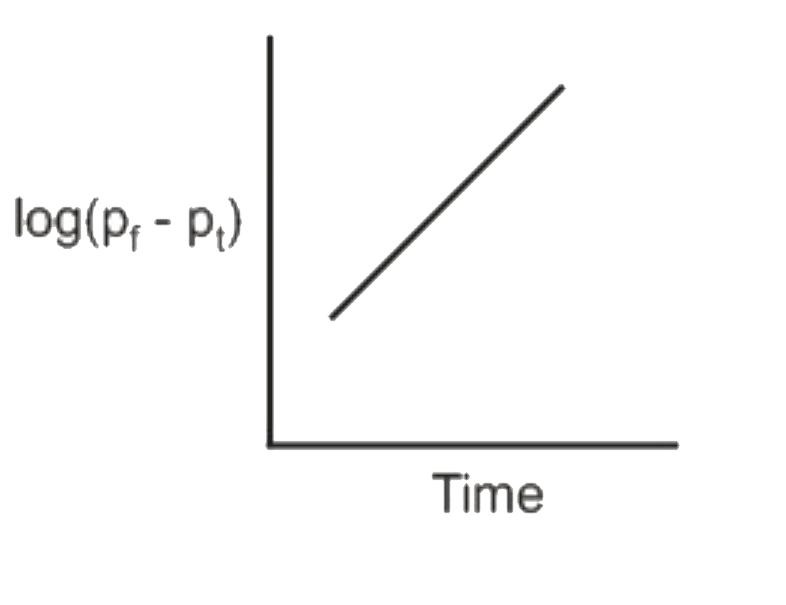 C
C D
D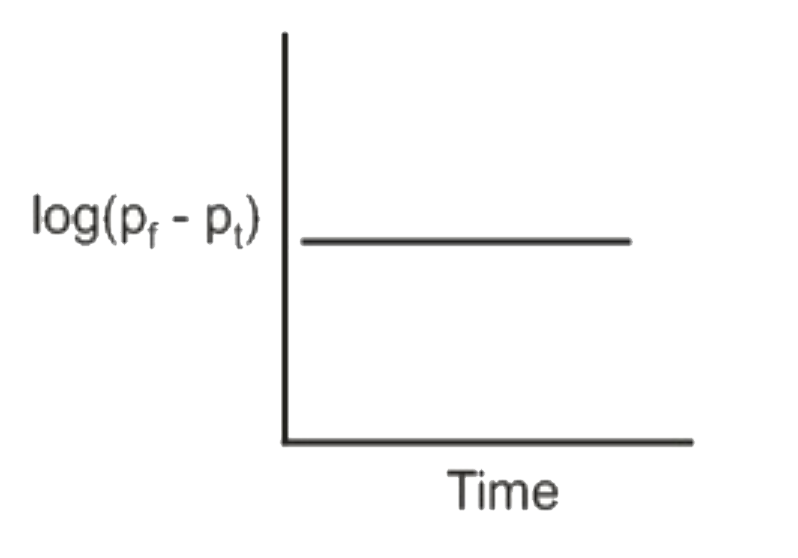
Benzene diazonium chlride in aqueous solution decomposes as :
C6H5−N=N+Cl−(aq)+H2O(aq)
→C6H5OH(aq)+N2(g)+HCl(aq)
The reaction follows first order kinetics. If p is the pressure of N2 at constant volume and temperture corresponding to time t and pf that after completion of the reaction , then which of the following graphs conforms to the kinetics of the reaction ?A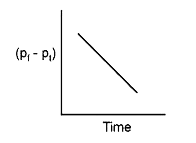 B
B C
C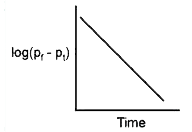 D
D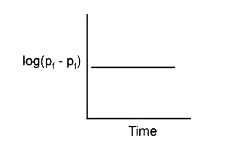
Product of the following reaction is C6H5−N2Cl+C6H5−NH2→
A B
B C
C D
D
Complete the following reaction equations :
(i) C6H5N2Cl+H3PO2+H2O→
(ii)C6H5NH2+Br2(aq.)→
View SolutionComplete the following reactions :
C6H5N2Cl+C2H5OH→
View SolutionComplete the following reactions :
C6H5N2Cl+H3PO2+H2O→
View SolutionIn the reaction : 2Al(s)+6HCl(aq)→2Al3+(aq)+6Cl−(aq)+3H2(g)
View SolutionDecomposition of NH4NO2(aq into N2(g) and 2H2O(l) is first order reaction.
View Solution
